Environmentalists often begin presentations with big hypothetical statements like, “if all emissions stopped tomorrow, then…” When they say that everyone in the audience understands this is just a thought experiment, because that would be impossible, right?
Not entirely. In 2020, Covid-19 didn’t stop all emissions, but it did reveal that many “impossible” things could happen, after all. In many places almost everyone stopped commuting to work. India shut down its entire public transport system. The entire tourism and convention industry shuddered to a near stop.
Instead of thought experiments, now we’re getting real data on what would happen if humanity swiftly and drastically changed its behavior. When the pandemic forced billions of people around the world to retreat to their homes, we saw cleaner air and heard birds in the quiet streets. Satellites showed that from January to December of 2020 air pollution diminished, water quality improved, and in some areas snow became more reflective.
But overall, has the pandemic helped the environment? The answer is yes, no, and maybe.
Blue Skies and Mountain Views
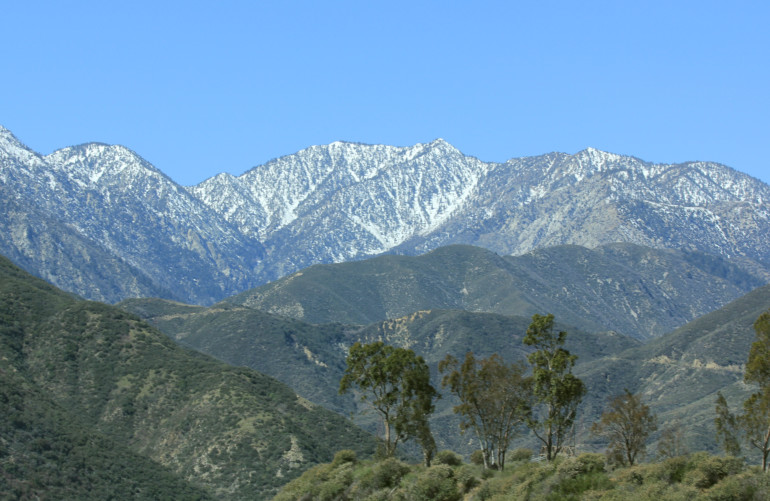
The shutdown of heavy industries and workplaces, and restrictions on people leaving their homes, drove down air pollution levels. Around the world, cities reported reductions ranging from thirty to 70% in dangerous pollutants such as nitrous oxide and PM2.5 particulate matter. People in India reported seeing the Himalayas for the first time and residents of Los Angeles saw the snow-capped San Gabriel mountains.
This was a win for nature, and for people: air pollution from the burning of fossil fuels is responsible for about 1 in 5 global deaths, killing more than 8 million people around the world each year. Presumably many lives were extended when air quality improved. But as economies stagger back to their feet, emissions are rising again. In China, pollution returned to pre-coronavirus levels in early May 2020 (levels continue to fluctuate).
Clear Waters in the Canals of Venice
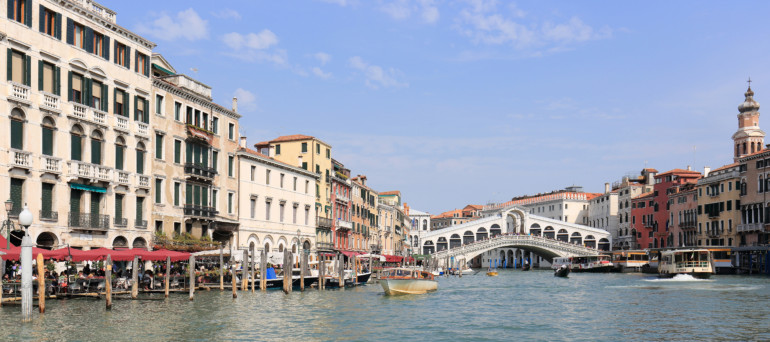
From the canals of Venice to the beaches of Thailand, water got clearer as particles settled out, no longer churned by boat traffic and tourism. In developing countries where domestic and industrial wastes are dumped into rivers without treatment, water also got cleaner because the major industrial sources of pollution shrank or completely stopped. Plus, marine traffic decreased, further reducing global water pollution.
Peace and Quiet
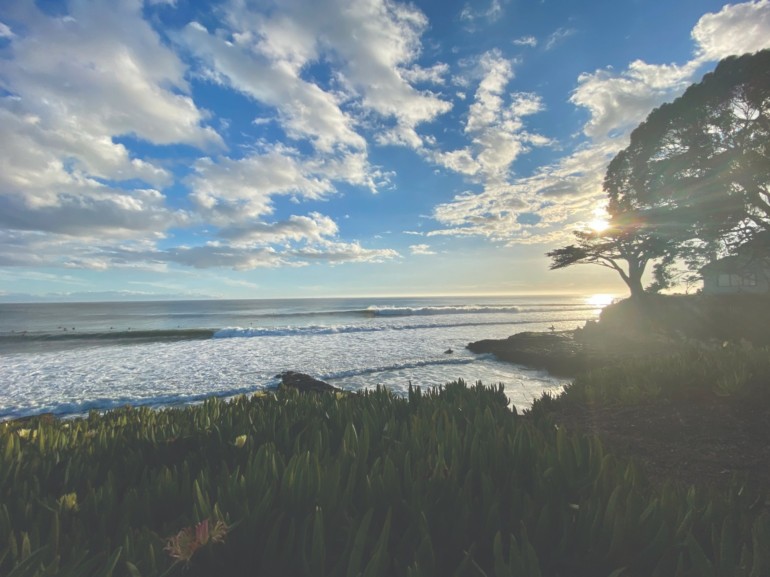
Environmental noise pollution — defined as undesirable sound generated by human activities — impacts human health and happiness, and also stresses animals because it interferes with their communication as well as their ability to survive as either predator or prey.
The global quarantine caused a considerable drop in the noise level in most cities in the world. Seismologists even report less seismic noise from earth movements. In Delhi, noise was down 50%, in Brussels, 30%, and with cruises on hold, the ocean is far more quiet than usual — good news for whales, dolphins and other marine wildlife.
Wildlife Without People
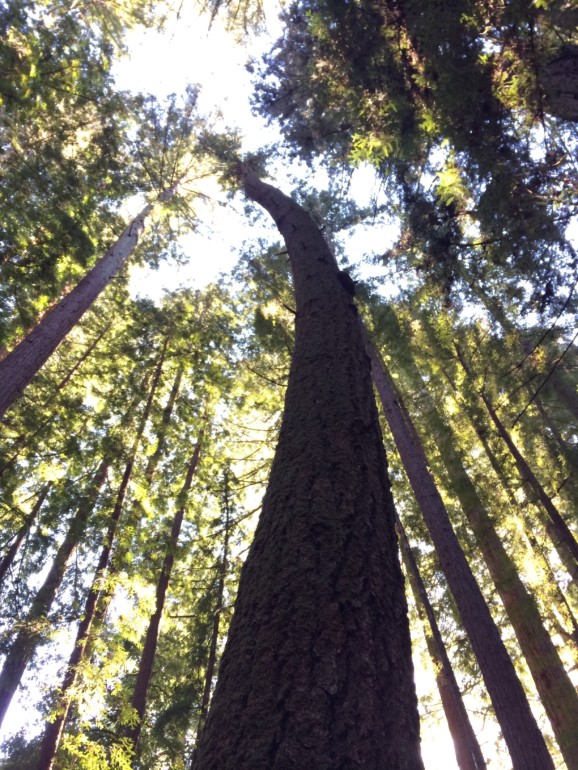
With tourism brought to a sudden near-standstill, places of natural beauty are getting a break from human traffic and the trash we bring, and wildlife is emerging to reclaim its own. Even in urban areas, the calm has brought foxes and coyotes out on the sidewalks and streets during daytime.
Unfortunately, with the world’s attention occupied by the pandemic, illegal loggers have accelerated their destruction of the Amazon rainforest. According to satellite data from the space research agency INPE, 64% more land was cleared in April 2020 than in the same month last year — even though 2019 was the biggest year for deforestation in more than a decade.
One enduring positive result of the coronavirus may be an increase in wildlife conservation efforts in Asia. Because the virus seems to have made the leap from animals to humans at one of the region’s wet markets (where live animals are sold and slaughtered), such markets have come under new scrutiny. For example, in July 2020 the Vietnamese prime minister banned wildlife imports and closed illegal wildlife markets.
Proliferation of Plastic
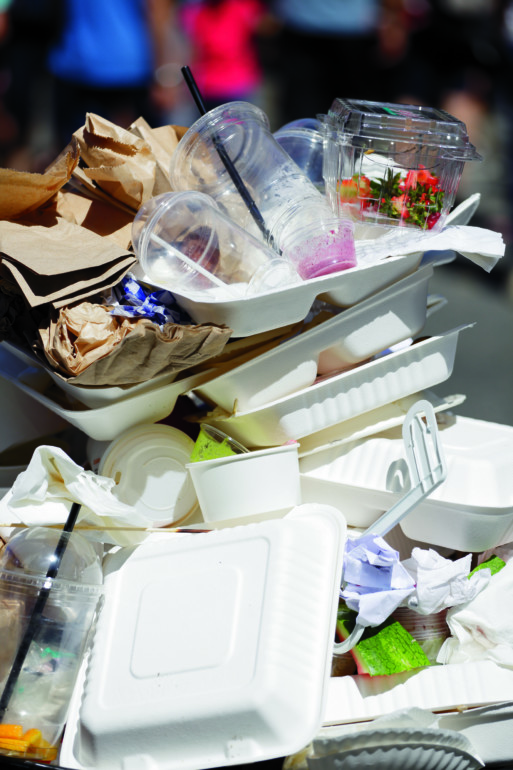
There’s no upside when it comes to plastics. Covid-19 triggered an estimated global use of 129 billion face masks and 65 billion gloves every month. If we stitched together all of the masks manufactured already and projected to be produced, we’d be able to cover the entire landmass of Switzerland. And that’s just PPE, personal protective equipment. Prioritization of human health over environmental health has led to the delay or reversal of policies aiming to reduce single-use plastic, and the boom in take-out meals and home-delivered groceries has driven up plastic waste by an estimated 30% between 2019 and 2020.
At the same time the pandemic-driven collapse of demand for petroleum has made plastics cheaper than ever to manufacture, driving down demand for recycled plastic material. With vanishing profit margins and budget strains, recycling systems around the world are starting to break down. In the U.S., as states bear the brunt of Covid-19-related health and unemployment costs, some municipalities are suspending their recycling services. Even in ordinary times only about 10% of plastic in the United States gets recycled — now almost all plastic gets incinerated or ends up in landfills, waterways, and beaches.
Climate Change
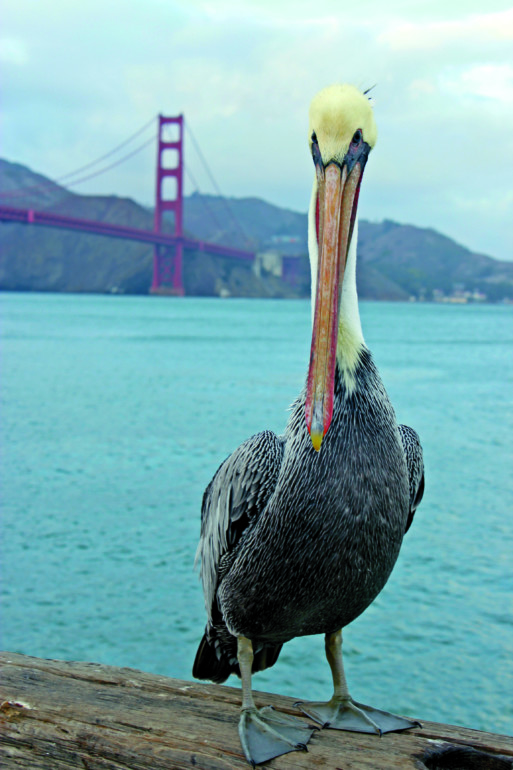
Climate change is a complex and all-encompassing environmental process, so it’s impossible to tease out all the ways in which Covid-19 has impacted the climate crisis. But to give just one example, in early April 2020, with shutdowns widespread, daily global carbon emissions were down by 17% compared to 2019. But by June 2020 they were rising and only about 5% lower than at the same point in 2019, even though normal activity had not yet fully restarted. With countries rushing to compensate for earlier losses, and people anxious to avoid using public transportation, we could soon see an uptick in carbon emissions compared to pre-pandemic levels.
Scientists estimate that carbon emissions worldwide decreased 6.4% in 2020 compared to 2019 instead of increasing slightly as projected. To reach the UN Environment Programme’s recommendations for avoiding dangerous global warming (1.5C or higher), we must cut emissions by 7.6% every year from 2021 to 2030. “Pandemic-driven lockdowns, with their enormous toll on our communities, are not the way to address the climate crisis,” says Ellie Cohen of The Climate Center. “Instead we need governments and businesses to prioritize equitable, climate-friendly solutions. Investing now will save dollars and lives while creating hundreds of thousands of good new jobs in California alone.”
Turning Point or Tipping Point?
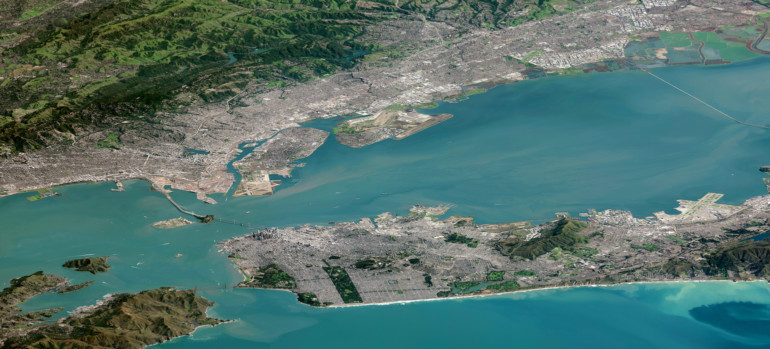
Covid-19 has been a traumatic public health disaster, an environmental warning, and a call to climate and conservation action. In some ways, the pandemic was both a deadly distraction from the slower-moving disaster of climate change and a foretaste of the profound disruption it can cause. We will be experiencing the ripples of it for decades to come, if not longer. But will it be a net positive or net negative? At this point, it’s a solid maybe.
Covid-19 could turn out to be a turning-back from the abyss of environmental and climate crisis, a tipping point that accelerates disaster, or something in between. It all depends on what happens next. The pandemic has profoundly disrupted business as usual and driven home several blunt truths:
The world is interconnected in ways that we ignore at our peril. Earth itself is a complex, dynamic system in which no process — including the spread of disease — is independent of other processes.
Borders can’t wall out the pandemic or climate change. We need to consider these problems as “our problems” and nations must think and act together.
Our lives can change dramatically in the blink of an eye. Powerful industries can be brought down and long-established traditions overturned within days or weeks.
Nature can repair itself if we stop injuring it. But we can also push it too far.
Will we absorb these lessons, and if so, what action will we take? For example, billions of people around the world now know that breathing clean air feels good — and is possible. And people have seen that cities can be quieter and cleaner with less traffic. But will people fight for clean air, and for more pedestrian-only zones and bike lanes to claw city streets back from the dominance of the car? Maybe.
Covid-19 has shown that positive tipping points are possible: governments can redirect trillions of dollars in spending and science can invent solutions (like vaccines!) at speed and scale with the political will. We can and must do the same on climate.
In rebuilding from this crisis, governments could aim to recreate what was before and direct their efforts and resources to bolster polluting industries and the status quo. But there’s also an unprecedented opportunity for governments to leverage this disruption to focus on creating green jobs, transitioning to clean power, and investing in energy efficiency. If governments chose to rebuild their economies in a low-carbon manner, addressing the long-standing environmental inequalities the pandemic has revealed, we could at last begin to position orselves to avert the worst of global warming, which threatens billions of lives and livelihoods worldwide. It’s the only outcome arguably worth the suffering the pandemic has inflicted.
Marin County
Marin County was spared one environmental impact of Covid-19 lockdown: food rotting in fields when restaurant business vanished overnight. Strong local institutions saved us: Marin’s farmers’ markets, run by Agricultural Institute of Marin (AIM), provided farmers an immediate outlet which bought them time to build CSA and online businesses.
Within weeks after the start of lockdown AIM launched the “Bounty Box” program. AIM purchases produce in bulk, packages a selection in each box, and sells each for $30 ($15 for recipients of CalFresh thanks to Bank of America for convenient pre-ordered, prepaid curbside pickup at the Thursday farmers’ market. Many farmers have said that the bounty box has helped keep their business viable.
As the pandemic has continued and farmers have adapted, AIM especially purchases from Asian, Latinx, women, or immigrant producers or farmers using regenerative techniques to nurture their land. And thanks to support from the Office of Kat Taylor and Growing the Table, AIM also assembles 250 free bounty boxes each week, which ExtraFood.org delivers to communities.
Low-income families are now enjoying Marin’s finest produce, both through the bounty boxes and the farmers’ markets. In the year leading up to November 2020, the number of households using CalFresh at AIM’s farmers’ markets increased 87%.
“We’ve taken advantage of the disruption of the pandemic to support local farmers and fight hunger,” says Andy Naja-Riese of AIM. “We help protect Marin’s agricultural environment and also give lower-income people fresh real food, rather than the processed food that often predominates in food charities.”
How to help:
Consider supporting one of these local nonprofits that urgently need support during the pandemic.
More from Marin:
- 8 Bay Area Independent Bookstores to Support During Covid-19
- A Better Buzz: Hard Kombucha
- Young Leaders in Marin’s Local Government Are Ready to Do the Work
 Anne-Christine Strugnell spent the first two decades of her career as a freelance writer for hi-tech firms while also publishing personal essays in MORE Magazine, Self, the Christian Science Monitor, and the Cup of Comfort series. In 2019, awareness of the climate crisis drove her to quit her day job to focus on environmental work. She is now an Al Gore-trained Climate Reality Leader and works as a volunteer for local environmental organizations including Resilient Neighborhoods and Environmental Forum of Marin.
Anne-Christine Strugnell spent the first two decades of her career as a freelance writer for hi-tech firms while also publishing personal essays in MORE Magazine, Self, the Christian Science Monitor, and the Cup of Comfort series. In 2019, awareness of the climate crisis drove her to quit her day job to focus on environmental work. She is now an Al Gore-trained Climate Reality Leader and works as a volunteer for local environmental organizations including Resilient Neighborhoods and Environmental Forum of Marin.


